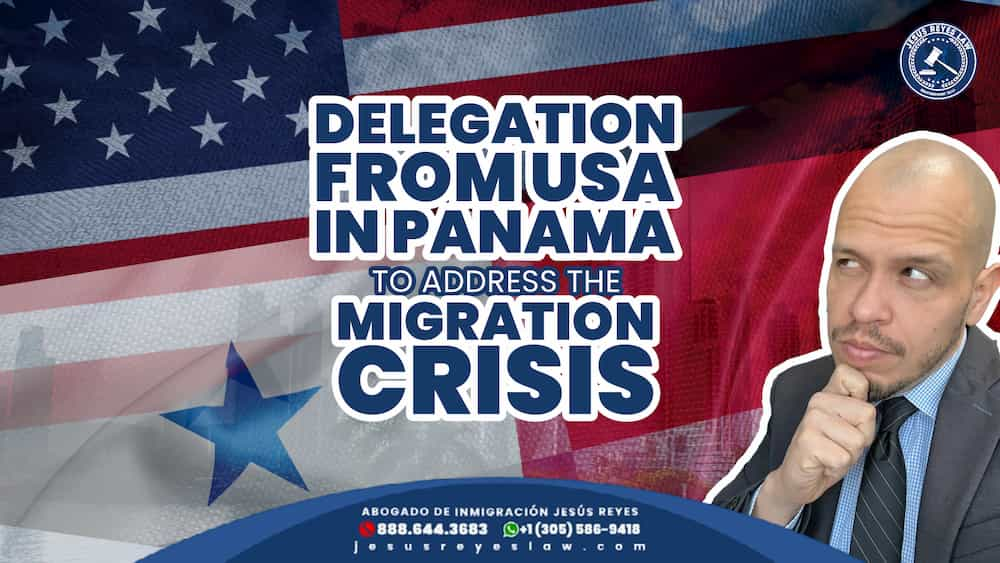The White House recently announced the deployment of a delegation of officials to Panama, aiming to collaborate in managing the increasing migration crisis in the region. This initiative responds to the challenges posed by the significant flow of migrants traversing Central America.
Context of the Crisis
The Darien Gap, a border region between Colombia and Panama, has become a critical point for migrants seeking to reach North America. Over 400,000 individuals have passed through this route, facing extremely dangerous conditions. Human Rights Watch has indicated that movement restrictions imposed by Central American governments have exacerbated the situation, highlighting the magnitude of this migration crisis.
Objectives of the Delegation
The U.S. delegation, including the Deputy Secretary of State for Management and Resources, Richard Verma, aims to work with Panamanian authorities on a pilot program. This program will focus on reviewing migrant applications and deporting those who are rejected.
Control and Management Measures
Furthermore, the U.S. government is preparing a contingent of federal immigration agents to be deployed in Panama. These agents are tasked with controlling and managing the increasing flow of migrants, particularly those traveling through the Darien Gap seeking asylum.
This collaboration between the U.S. and Panama reflects a joint effort to address one of the most challenging migration crises in the region. The situation in the Darien Gap not only poses significant risks to migrants but also presents logistical and humanitarian challenges for the involved countries. Through the implementation of this pilot program and the deployment of immigration agents, there is an aim for more effective management of the situation, prioritizing safety and respect for the rights of migrants.










